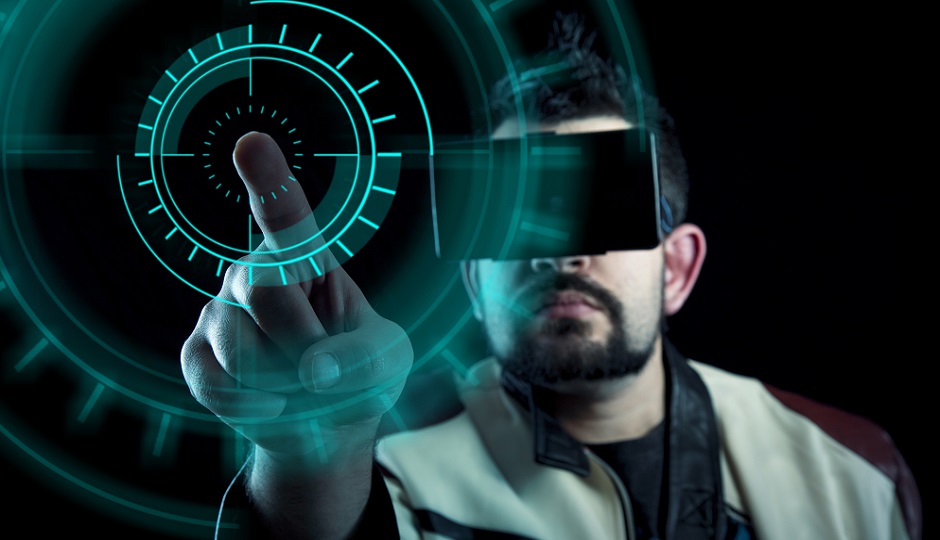
Many of the challenges related to the effectiveness of interventions for addictions such as pathological gambling are dure to the fact that therapy sessions take place in a setting that lacks exposure to temptation.
Virtual reality now makes it possible for professionals to work with patients who are emotionally aroused, which could render therapy more effective. But it is important to know if the use of this technology during therapy sessions leads to a significant reduction in pathological gambling, if this treatment model is more effective than conventional therapy, and if the intensity of the urge to gamble induced in virtual reality can be considered safe. To this end, 25 adults suffering from pathological gambling disorder who were inpatients at Maison Jean-Lapointe and Centre CASA were recruited to take part in a clinical study.
This therapeutic approach is neither more nor less effective than conventional treatment.
The results show that the application of therapeutic strategies in a virtual reality environment led to significant improvements in pathological gambling symptoms post-session and after an average 9-month follow-up period. Analyses revealed that this therapeutic approach was neither more nor less effective than conventional treatment.
The fact that virtual reality was not more effective than conventional interventions is not a disappointing discovery. Rather, it points to the need to use this tool in a greater number of therapy sessions in order to maximize its potential.
Interestingly, measures of the urge to gamble immediately after the sessions, as well as 12, 24 and 36 hours post-session, revealed that virtual reality did not appear to pose significant problems with loss of control in gamblers. The detailed report discusses a variety of possibilities for exploiting this emerging technology.
Main researcher
Stéphane Bouchard, Université du Québec en Outaouais
Deposit of the research report: July 2016
